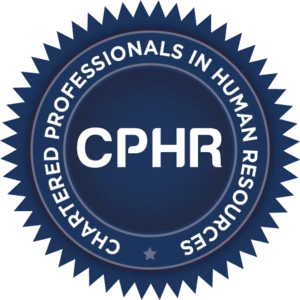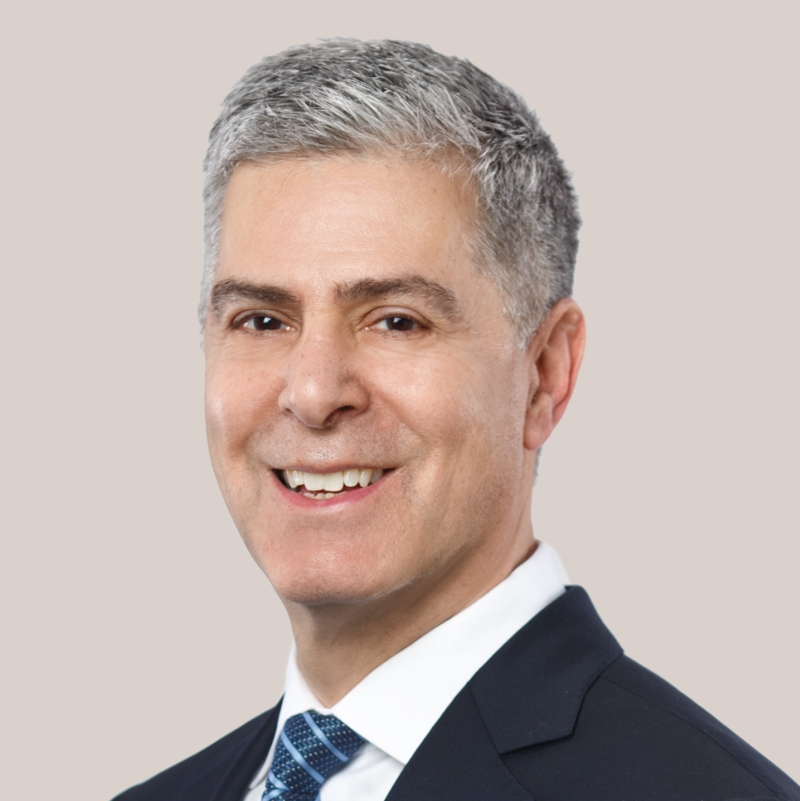National Pensions Conference
Conference Co-Chairs
$795.00Read more
Conference Advisory Committee
Christina Atanasova
Christina Atanasova, Associate Dean, Research & International
Professor, Simon Fraser University (SFU)
Thursday, March 6, 2025
Introduction: 1:00 pm – 1:05 pm ET
Paul Kershaw
Professor
University of British Columbia
Lead Researcher & Executive Chair
Generation Squeeze
The “Outlook for Expenses” table in any recent federal budget makes clear that Old Age Security (OAS) funding is growing faster than most other federal spending combined. All the while, spending on medical care for those age 65+ absorbs more and more provincial revenue.
Decades ago, sufficient revenue was not allocated to fully cover the long-term costs of OAS and medical care for the baby boomer generation. As a result, these two expenditures now place significant pressure on government budgets, limiting funding for national defense, housing, childcare, education, and other priorities valued by Canadians, including balanced budgets.
Younger Canadians already contribute 20 to 40 percent more in income taxes toward healthy retirements than the current retiring generation contributed to older generations when they were young.
These fiscal trends compound challenges for younger Canadians who struggle with higher rent and home ownership costs that have outpaced their earnings. The implications for their retirement planning are concerning, because many have little left over to contribute to retirement savings. They count on managers of private pension plans to make excellent decisions — when they are lucky enough to be in jobs that have such pensions.
All of this was predictable, because when the baby boomer generation started out, there were seven working age Canadians for every retiree. Now, as they retire, there are only three. However, past decision-making processes did not account for these demographic shifts adding burden to younger generations when creating pension and medical care policies. Today’s governments, regardless of their ideological affiliation, are holding the bag — and the load is very heavy indeed to pay for OAS and medical care for retirees.
Break: 1:35 pm – 1:45 pm ET
This panel will review recent legislative and regulatory pension developments. Topics to be addressed include:
- Canada Pension Plan benefit and contribution increases;
- Amendments to the federal Income Tax Act; and
- CAPSA Guidelines for Capital Accumulation Plans and Risk Management for Plan Administrators.
This panel will also explore significant court and tribunal decisions related to pension and benefits law. Topics to be addressed include:
- plan amendments;
- collective agreement violations;
- discrimination and denials of benefits;
- the relationship between class actions and regulatory jurisdiction;
- fiduciary duties; and
- negligence and constitutional issues arising out of public sector pension plan reform.
Final selection of cases will take place in the weeks leading up to the conference, ensuring coverage of the latest and most important decisions.
Break: 3:00 pm – 3:15 pm ET
Even well-funded pension plans must adapt in the face of economic and demographic challenges. In this session, experts will explore the risks and opportunities associated with the current and projected economic climate, and address the following:
- How would a sustained fall in inflation and/or interest rates affect pension plans and their members?
- How are views on the meaning of retirement changing, and what does this mean for pensions and other sources of retirement income?
- What strategies should pension plan administrators take to manage pension plans and pension plan investments in an economic downturn? What role do administrators’ statutory and fiduciary obligations play in this regard?
- How will recently published provincial regulatory policies on IT risk management impact pension plans and their sponsors?
- What role, if any, will artificial intelligence play in the administration of pension plans and pension funds?
- What are the current legislative and regulatory requirements regarding ESG disclosure, taking into account ESG considerations, across Canadian jurisdictions? What changes are in prospect?
- To what extent do ESG considerations factor into investment-related decision-making? Do common law fiduciary duties permit administrators to take ESG considerations into account for any purpose other than financial gain? Does the answer depend on plan terms or type of plan
CPD

This program has been approved by CPHR Alberta for 3 Continuing Professional Development hours.

This program has been approved by CPHR BC & Yukon for 3 Continuing Professional Development hours.

This program has been approved for Continuing Professional Development 3 hours under Section A of the Continuing Professional Development (CPD) Log of the Human Resource Professionals Association (HRPA).
- This program has been approved by the Law Society of British Columbia for 3 Continuing Professional Development hours.
- Members of the Law Society of Ontario may consider counting this program for 3 Substantive hours; 0 Professionalism hours.
- Members of the Nova Scotia Barristers’ Society may count this program for 3 Continuing Professional Development hours.
- Members of the Law Society of New Brunswick may consider this program for 3 Continuing Professional Development hours.














